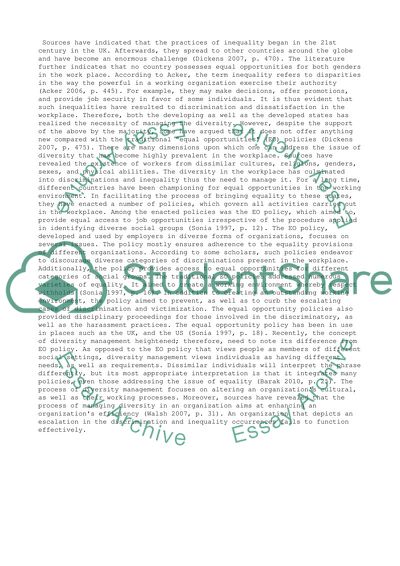Cite this document
(“Managing Diversity Essay Example | Topics and Well Written Essays - 1000 words”, n.d.)
Retrieved de https://studentshare.org/business/1392223-managing-diversity
Retrieved de https://studentshare.org/business/1392223-managing-diversity
(Managing Diversity Essay Example | Topics and Well Written Essays - 1000 Words)
https://studentshare.org/business/1392223-managing-diversity.
https://studentshare.org/business/1392223-managing-diversity.
“Managing Diversity Essay Example | Topics and Well Written Essays - 1000 Words”, n.d. https://studentshare.org/business/1392223-managing-diversity.


